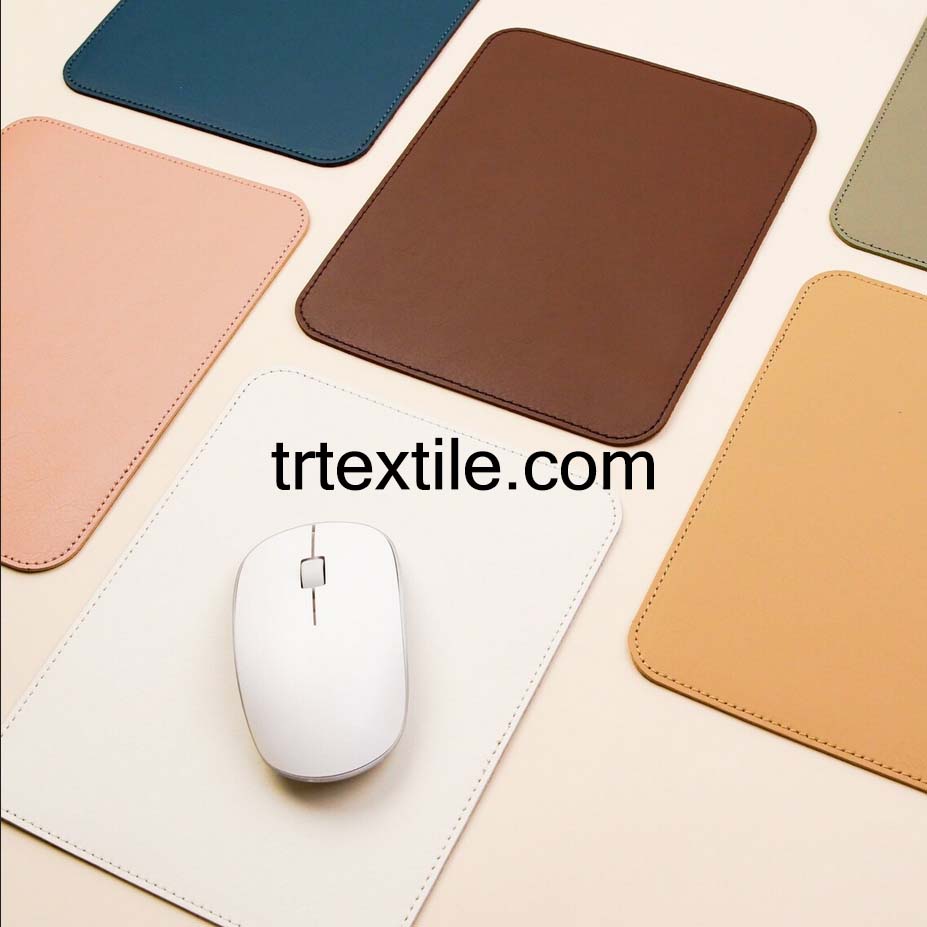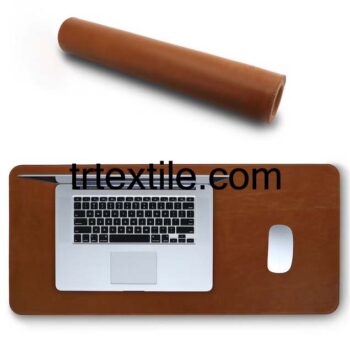Mouse Pad Production Process
Mouse pads are essential accessories for anyone using a computer mouse. They provide a smooth and stable surface for the mouse to move on, making it easier to navigate on the screen. Mouse pads are typically made from a variety of materials, such as rubber, cloth, or plastic, and can be customized with different designs and shapes.
The production process for mouse pads involves several steps, from material selection to packaging. Here is an example of how mouse pads are produced:
1. Material Selection: The first step in the production process is selecting the material for the mouse pad. Rubber and cloth are the most commonly used materials for mouse pads, as they provide a smooth surface for the mouse to glide on. The material is usually purchased in large rolls and cut to the desired size for the mouse pads.
2. Printing Design: Once the material is selected, the next step is to print the design on the mouse pad. This can be done using a variety of printing techniques, such as screen printing or digital printing. The design can be customized to include company logos, images, or patterns.
3. Cutting: After the design is printed, the material is cut into individual mouse pads. The cutting process can be done manually or using a machine, depending on the volume of production. The mouse pads are cut to the desired size and shape, such as square, rectangular, or circular.
4. Lamination: Some mouse pads may undergo a lamination process to add an extra layer of protection. This helps to prevent the design from fading or wearing off over time. The lamination process involves applying a thin layer of protective film over the printed design.
5. Quality Control: Once the mouse pads are cut and laminated, they undergo a quality control check to ensure that they meet the desired standards. This involves checking for any defects in the design or material, such as smudges or uneven printing. Any defective mouse pads are discarded or reworked.
6. Packaging: The final step in the production process is packaging the mouse pads for distribution. They are typically packaged in plastic bags or boxes, depending on the quantity and size of the mouse pads. The packaging may also include instructions for use and care of the mouse pad.
Overall, the production process for mouse pads involves several steps, from material selection to packaging. By following these steps carefully, manufacturers can produce high-quality mouse pads that provide a smooth and stable surface for computer users.




